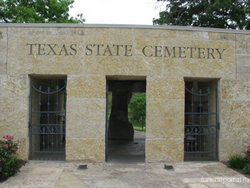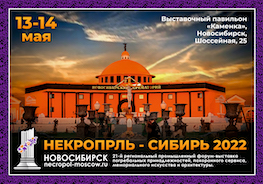Michael Barnes Austin American-Statesman

Do graveyards evolve?
The Texas State Cemetery, where many Texas civic leaders and cultural icons are buried, appears to be doing so.
As discussed in last week's "Think, Texas" column, the cemetery was established in 1851 when Texas pioneer, military leader and statesman Edward Burleson died. He was buried on land claimed by Sen. Andrew Jackson Hamilton in East Austin, called at the time the "state burying ground."
For decades, few people, other than Confederate veterans and their spouses, were buried there. It was not until the first decades of the 20th century that systematic efforts were made to reinter the state's founders here, especially as the Texas Centennial approached in 1936. Among the first was Stephen F. Austin, whose remains were transported from his sister's land at Peach Point.
Find out which movies our readers think explain Texas
Reinterring a range of early Texas leaders under fresh monuments finally gave the landscaped park, especially its Republic Hill, a sense of identity.
Scores of state officials and their spouses followed in the late 20th century. Then came the celebrities — writers, musicians, athletes, doctors, inventors, entertainers, heroes of modern wars and at least one astronaut, Eugene Cernan, who chose the top of conical Monument Hill as his last resting place.
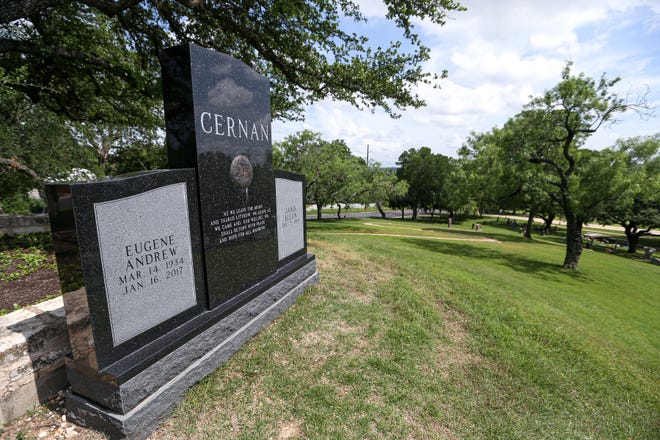
Locked out of positions of power for most of Texas history, women and people of color were late to the list of those posthumously honored.
The only two women to serve as Texas governor, Miriam Ferguson and Ann Richards, however, are here.
Richards' low headstone of curving white marble rejects the straight lines and upward striving that dominate the park's monuments. It quotes an excerpt from her 1991 inaugural address: “A glimpse of what can happen in government if we simply open the doors and let the people in.”
In 1996, U.S. Rep. Barbara Jordan was the first Black woman buried here. Her simple, streamlined and moving gray monument reads "Patriot" on one side, "Teacher" on the other.
Many other monuments in the park show the names of the dead on both sides for easier identification from a distance.
Still, be sure to take along the the self-guided walking tour map that you can pick up at the front desk. Don't be like the tourists who used to spend hours searching for the grave of rocker Jim Morrison at Père Lechaise Cemetery in Paris, France, which resembles the Texas State Cemetery, but is laid out on a vastly larger hillside.
Revived show on women's activism goes 'On With the Fight' at UT's Briscoe Center
Groundbreaking U.S. Sen. Kay Bailey Hutchison, still living, has reserved a spot next to her deceased husband, Ray Hutchison, who died in 2014. Women's activist Sarah Weddington has also prepared a last resting place here; she qualified as a former state representative.
Starting with Tejano patriot José Antonio Navarro, one of two Texas natives to sign the Texas Declaration of Independence, a growing number of Hispanic leaders have been honored at the Texas State Cemetery. Railroad commissioner and state Rep. Lena Guerrero is here, as is Irma Lerma Rangel, the first Mexican American female legislator.
New book and podcast recast Lady Bird Johnson as political, policy partner of LBJ
In the far northeast corner of the park one can find the grave of Antonio Briones, a Mexican immigrant who fought on the Union side during the Civil War. A more recent arrival is Hipolito “Hippo” Garcia, the first Mexican American to serve on the federal bench in the Western District of Texas. Emma Barrientos, activist and namesake for the Emma Barrientos Mexican American Center, is here, too. She was married to former state Sen. Gonzalo Barrientos.
At least two Black football greats, Johnny “Lam” Jones and Cedric Benson, are honored here — both played for the University of Texas. Members of the Overton family, including civil rights pioneer Volma Overton Sr. and veteran Richard Overton, who died in 2018 at the age of 112, are represented, too.
Prominent African American musical artists James Henry Cotton and Barbara Smith Conrad are buried here. The Black Legislators Monument honors 52 African American men who served in the legislature or the Texas Constitutional Convention during Reconstruction.
Otherwise, comparatively few African Americans or Hispanic people, no Native Americans and painfully few Asian Americans are buried here. That is slowly changing.
The first-time visitor to the Texas State Cemetery might be surprised that the park, which resembles Arlington National Cemetery outside Washington, D.C., is not reserved for the military or public officials and their spouses.
To be sure, one can visit singular monuments to Texas Medal of Honor recipients, Purple Heart honorees, Gold Star Mothers, and those who served in the Vietnam War and World War II. A popular stop is the sculptural response to the Sept. 11, 2001, terrorist attacks.

Yet at least five significant Texas writers — J. Frank Dobie, Walter Prescott Webb, Fred Gipson, James Michener and Tom Lea — are honored here. Not far away are Larry L. King, Bud Shrake and T.R. Fehrenbach. Michener's monument is a cenotaph; he is buried at Austin Memorial Park.
LBJ Library at 50: The future of the Johnson legacy was sown on UT Austin campus
And then there are those modern political leaders who chose the art for their monuments well. The headstone for Gov. Allan Shivers Sr. and his wife, Mary Alice Shivers, includes two spiritually themed sculptures by the late Charles Umlauf, namesake for the Umlauf Sculpture Garden and Museum.
The gravestone for U.S Secretary of the Treasury John Connally and his wife, Nellie, is an obelisk clad in polblack marble and fronted by a statue of Saint Andrew, which they obtained at Westminster Abbey, carved in contrasting light stone.
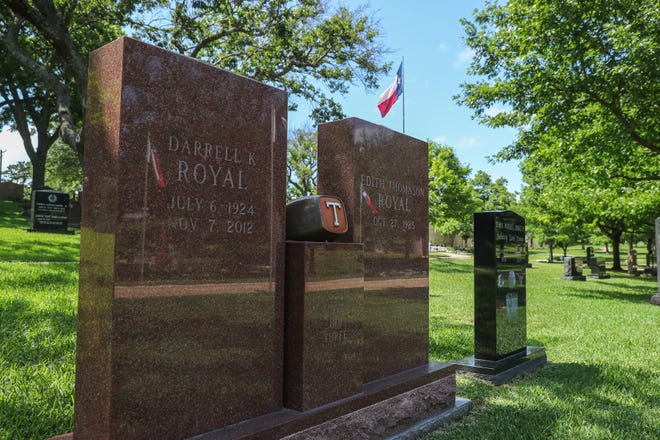
While the hundreds of monuments at the Texas State Cemetery can be seen as art presented in an outdoor museum — or as history lessons written in marble — some of the inscriptions are genuinely edifying.
Author, artist and illustrator Lea's gravestone, which includes a bas-relief treatment of a mountainside, includes his famous line, quoted by President George W. Bush when he accepted the Republican Party's nomination: "Sarah (his wife) and I live on the east side of the mountain. It's the sunrise side, not the sunset side. It is the side to see the day that is coming, not to see the day that has gone. The best day is the day coming, with work to do, with the eyes wide open, with the heart grateful."
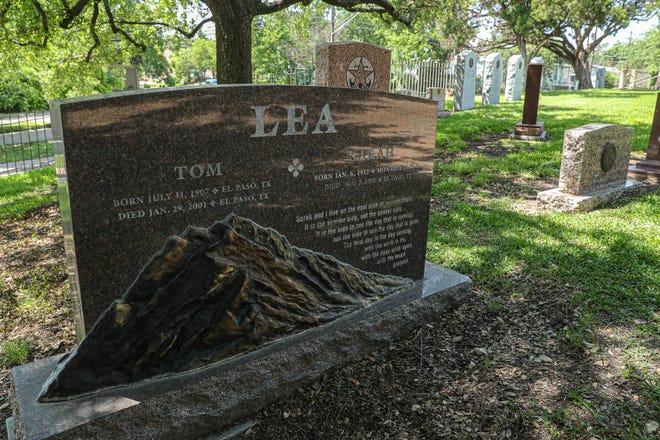
Michael Barnes writes about the people, places, culture and history of Austin and Texas. He can be reached at mbarnes@statesman.com.
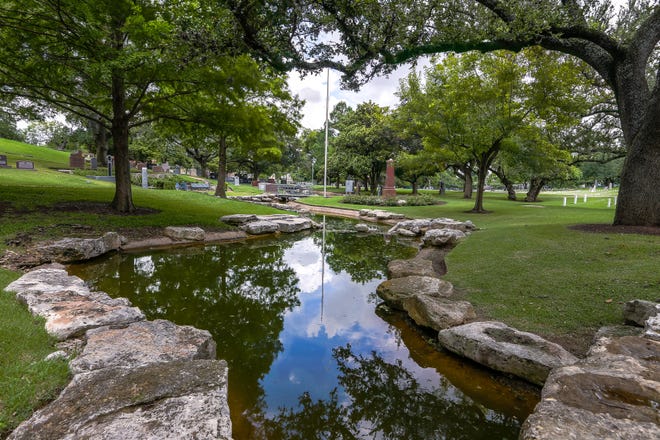
Who can be buried at the Texas State Cemetery?
There is no cost for a burial plot at the cemetery. Other burial costs, such as a headstone and opening and closing the grave, are charged. The Texas State Cemetery Committee oversees the rules for who can be buried there:
1. A former member of the legislature or a member who dies in office.
2. A former elective state official or an elective state official who dies in office.
3. A former state official or a state official who dies in office who has been appointed by the governor and confirmed by the Senate and who served at least 10 years in the office to which appointed.
4. A person specified by a governor's proclamation, subject to review and approval by the Texas State Cemetery Committee.
5. A person specified by a concurrent resolution adopted by the Legislature, subject to review and approval by the committee.
6. A person specified by order of the committee, only if the committee finds that the person made a significant contribution to Texas history and culture in the following fields: air/space, agriculture, art and design, business/labor, city building, education, governmental service, industry, justice, military affairs, law enforcement, oil/gas, performing arts, philanthropy, public administration, ranching, religion, science/medicine, sports and writing.
Visit the Texas State Cemetery
The cemetery, 909 Navasota St., is open 8 a.m. to 5 p.m. Monday-Friday.
Check for updates. The cemetery remains closed on weekends during the pandemic. It also is closed during active funerals.
Information: 512-463-0605, cemetery.tspb.texas.gov.
Texas history, delivered to your inbox
Sign up for Think, Texas, a newsletter delivered every Tuesday, at profile.statesman.com/newsletters/manage. And if the weekly email just isn't enough, there's more. Follow Michael Barnes on Twitter: @outandabout. Miss a column? Check out the Think, Texas archive at statesman.com/news/austin-history.

